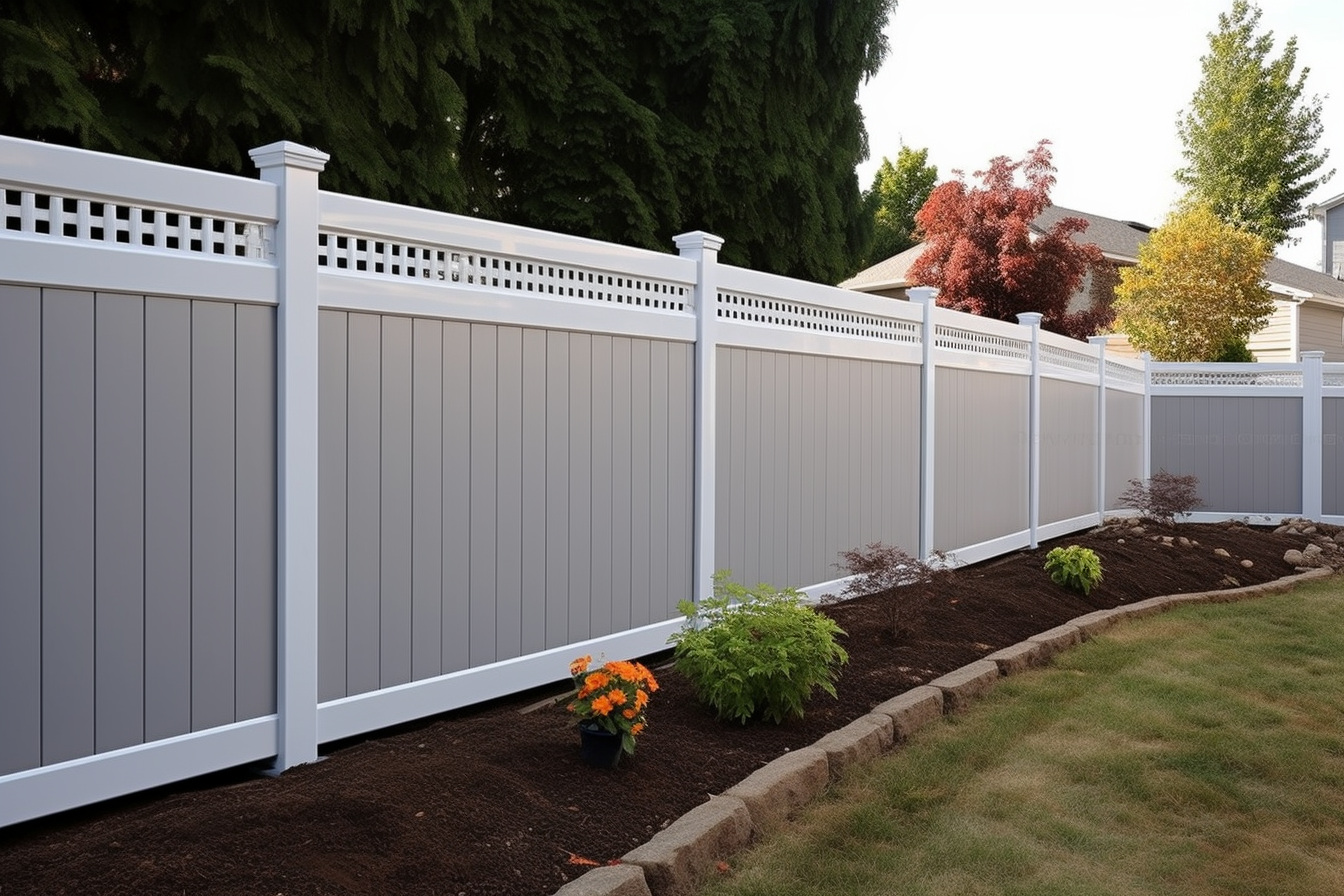Fence Options, Installation, and Privacy Considerations
A fence can define property lines, protect a garden, improve home improvement value, and create privacy without heavy construction work. Choosing the right approach involves material, design, and local regulations. This article explains practical choices for homeowners and outlines how fence companies and contractors typically work on installation and ongoing maintenance.

Fence: materials and styles
Common fence materials include wood, vinyl, metal (steel or aluminum), and composite. Each has distinct maintenance needs, lifespan expectations, and visual impact. Wood is often chosen for a natural look but requires regular staining or sealing. Vinyl resists rot and insect damage and typically needs only occasional cleaning. Metal options suit security or decorative needs and may require coatings to resist corrosion. Composite blends aim to combine durability with lower maintenance. Consider climate, local construction rules, and how the visual style fits your property when selecting materials.
Garden fencing: protecting plants and design
Garden fencing serves practical and aesthetic roles: keeping pets and wildlife out, providing trellises for climbing plants, and framing garden beds. Mesh, picket, and low-profile metal fences work well for vegetable plots, while taller wood or vinyl fences can shield delicate plants from wind. When planning garden fencing, think about light access, drainage, and whether gates are needed for equipment. Placement relative to trees and root systems matters during construction, and many fence companies can advise on garden-friendly installation methods to avoid damaging plantings.
Home improvement planning for fence projects
Treat a fence as a home improvement project with a clear scope: measure boundaries, check property deeds or surveys, and confirm setback or height restrictions with local authorities. Permits may be required in your area depending on construction type and height. Budget for both materials and labor, and plan timing around weather; many companies schedule installations seasonally. Prepare the site by removing obstructions and marking underground utilities before construction begins. Clear communication with a chosen fence company helps align expectations for timeline, warranties, and cleanup.
Construction considerations for fence installation
Fence construction affects longevity and performance. Proper post setting—often in concrete footings—is essential for stability in many climates. Drainage, frost depth, and soil type influence footing depth and materials. For metal or pre-cast panels, anchoring methods and galvanization matter for rust prevention. Gate hardware should be sized for expected loads, and hinges or latches selected for longevity. Reputable contractors will assess site conditions and recommend appropriate construction techniques. Ask potential installers about local experience, insurance, and any subcontracting arrangements.
Privacy: solutions and design trade-offs
Privacy needs vary from full visual screening to partial obscuration while preserving airflow or light. Solid-panel wood or vinyl fences and tall composite panels provide immediate privacy. Lattice tops, staggered board patterns, or planted hedges can balance privacy with aesthetics. Keep in mind that higher fences may trigger local height restrictions or require neighbor notification. Acoustic privacy is different from visual screening; dense materials and landscaping can reduce noise but complete soundproofing typically requires additional design measures. Work with fence companies in your area to match privacy goals with practical installation choices.
| Provider Name | Services Offered | Key Features/Benefits |
|---|---|---|
| The Home Depot | Retail of fencing materials and contractor-arranged installation services | Wide product selection; options to hire local installers through Home Services; materials and warranty information available in stores |
| Lowe’s | Retail sales of fencing materials and installation coordination | National supply of common fence types; online planning tools and in-store customer support for projects |
| Ameristar Fence Products | Manufacturer of ornamental and commercial steel fencing systems | Focus on commercial-grade steel fencing and ornamental designs; known for engineered components for security applications |
| Master Halco | Distributor of fencing materials to contractors and dealers | Broad distribution network across North America; supplies a variety of fencing products and accessories |
| CertainTeed (Bufftech) | Manufacturer of vinyl and composite residential fencing | Offers vinyl privacy fencing and composite options designed to resist rot and require minimal maintenance |
Conclusion
Selecting and installing a fence blends aesthetic choice with practical construction and local rules. Assess materials, garden impacts, construction methods, and privacy goals before hiring a contractor. Local fence companies and national suppliers each play different roles—retailers supply materials and can arrange installation, manufacturers provide systemized components, and distributors support contractors. Clear planning and informed questions about construction techniques, warranties, and permits will help align the final fence with both functional needs and neighborhood standards.






